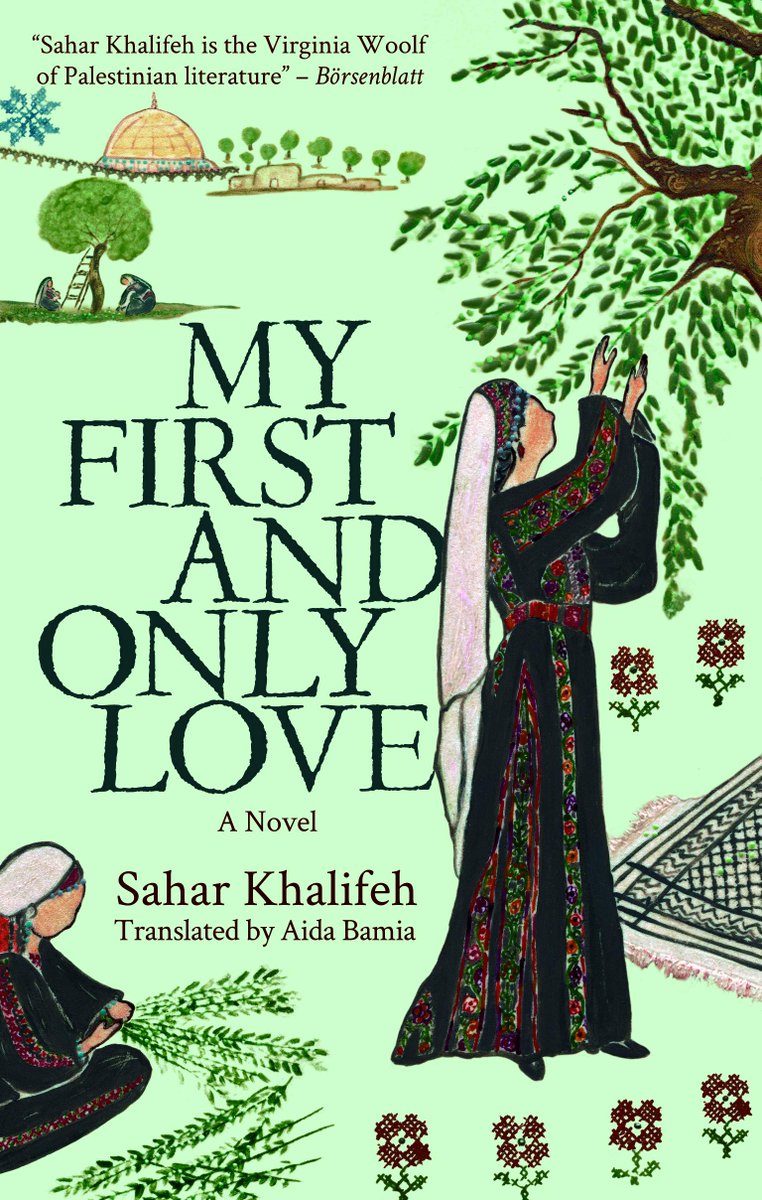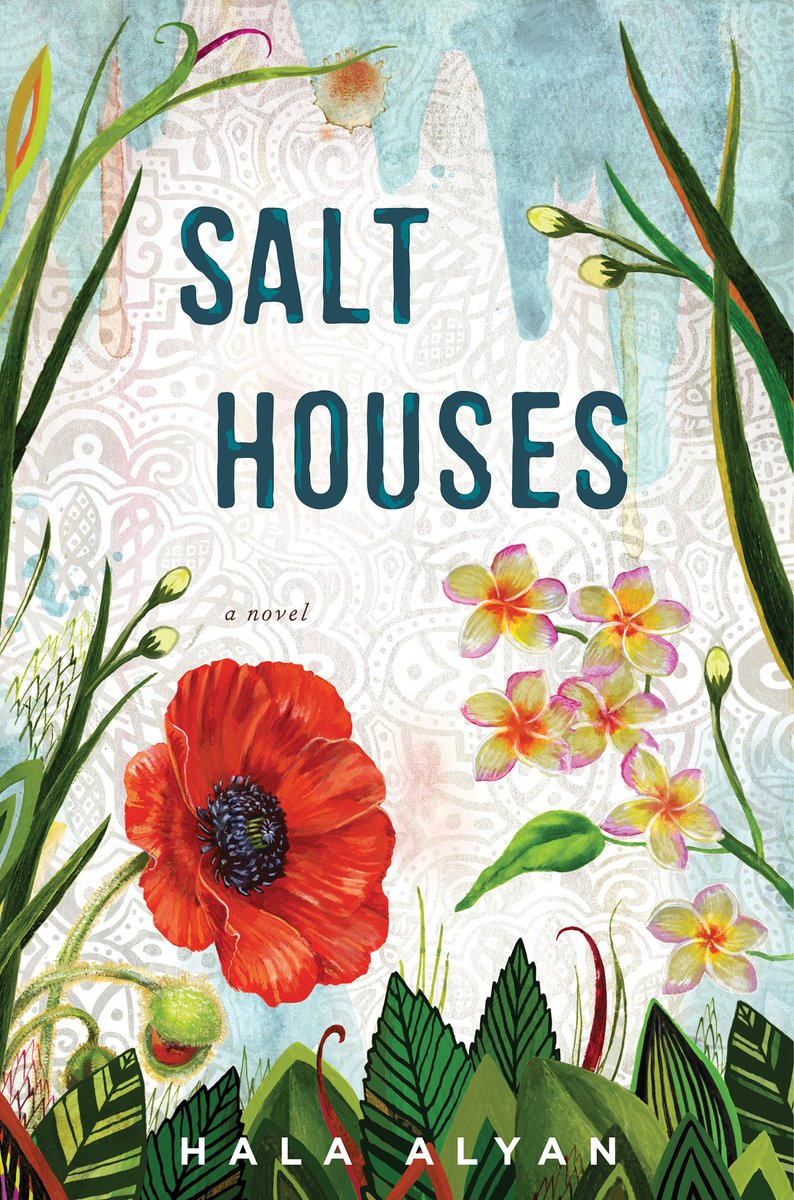On 8 March 1939, J. R. R. Tolkien delivered a lecture at the University of St. Andrews, which was published as essay "On Fairy Stories", in which he argued that fairy tales are not just for children, describing what it means to enter this realm.
🧵1/8
🎨: J.R.R. #Tolkien
🧵1/8
🎨: J.R.R. #Tolkien

Tolkien described the realm of fairy-story as wide, deep, and high, filled with all manner of beasts and birds, shoreless seas and stars uncounted. Beauty and perils are present together, just like how joy and sorrow "sharp as swords" are inseparable. 2/8
Tolkien also described fairy stories as any works that used the "Faerie" for stories of adventures, fantasy, morality, or satire (without making fun of or laughing at the "magic" itself). This is the world where the author becomes the "Sub-creator". 3/8
He criticized stereotypical opinions about fairy tales being exclusively for children. "Reads them as tales, that is, not studies them as curios. Adults are allowed to collect and study anything, even old theatre programmes or paper bags." 4/8
Tolkien also depicted fantasy genre as challenging and deserving respect, since it demands the creation of elaborate, immersive world from scratch, with its own internal logic. A task that requires labor and thought, which he compared with "Elvish craft." 5/8
🎨: Victo Ngai
🎨: Victo Ngai

"Fantasy is a natural human activity. It does not destroy or even insult Reason; and it does not either blunt the appetite for, nor obscure the perception of, scientific verity.... The keener and the clearer is the reason, the better fantasy will it make." 6/8
"Creative fantasy, because it is mainly trying to do something else (make something new), may open your hoard and let all the locked things fly away like cage-birds." 7/8
🎨: Mauko Fujino
🎨: Mauko Fujino

Finally, Tolkien coined the term "eucatastrophe": the sudden joyous turn in a story that does not discount sorrow and failure, but denies the "universal defeat" and gives the fleeting glimpse of joy beyond the walls, as poignant as grief. 8/8
🎨: Lothlórien, by Ulla Thynell
🎨: Lothlórien, by Ulla Thynell

• • •
Missing some Tweet in this thread? You can try to
force a refresh





















